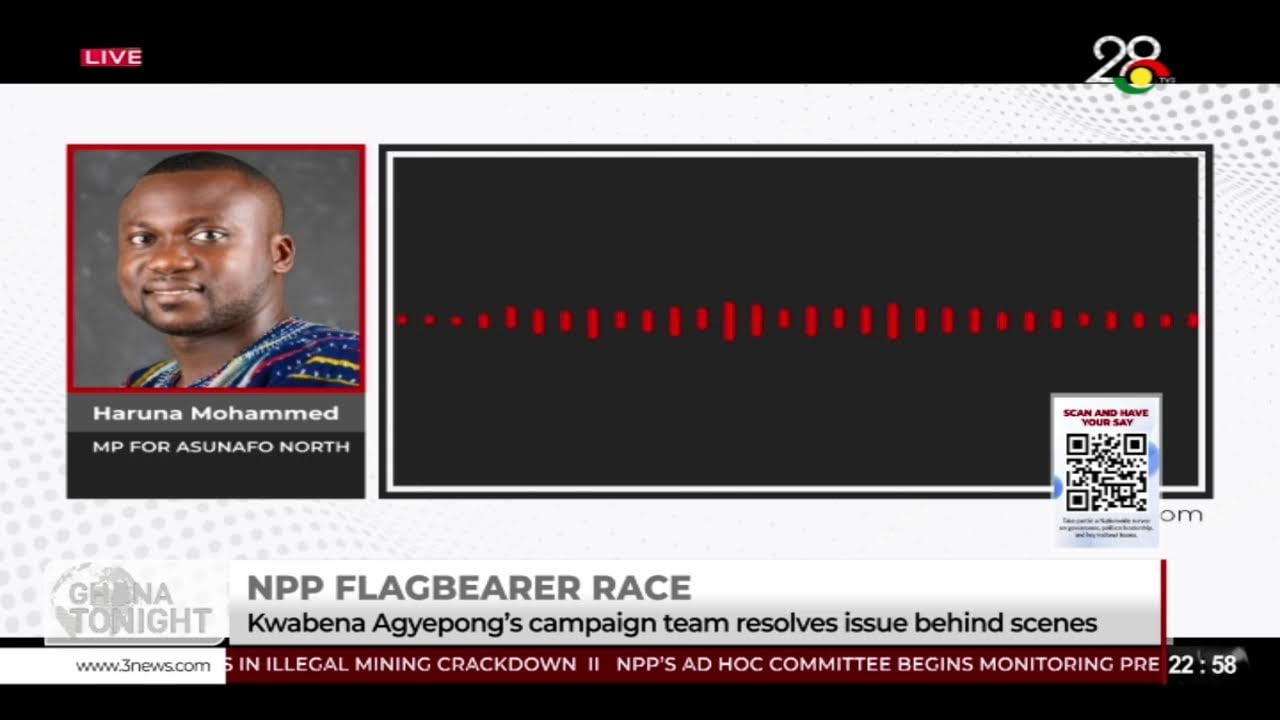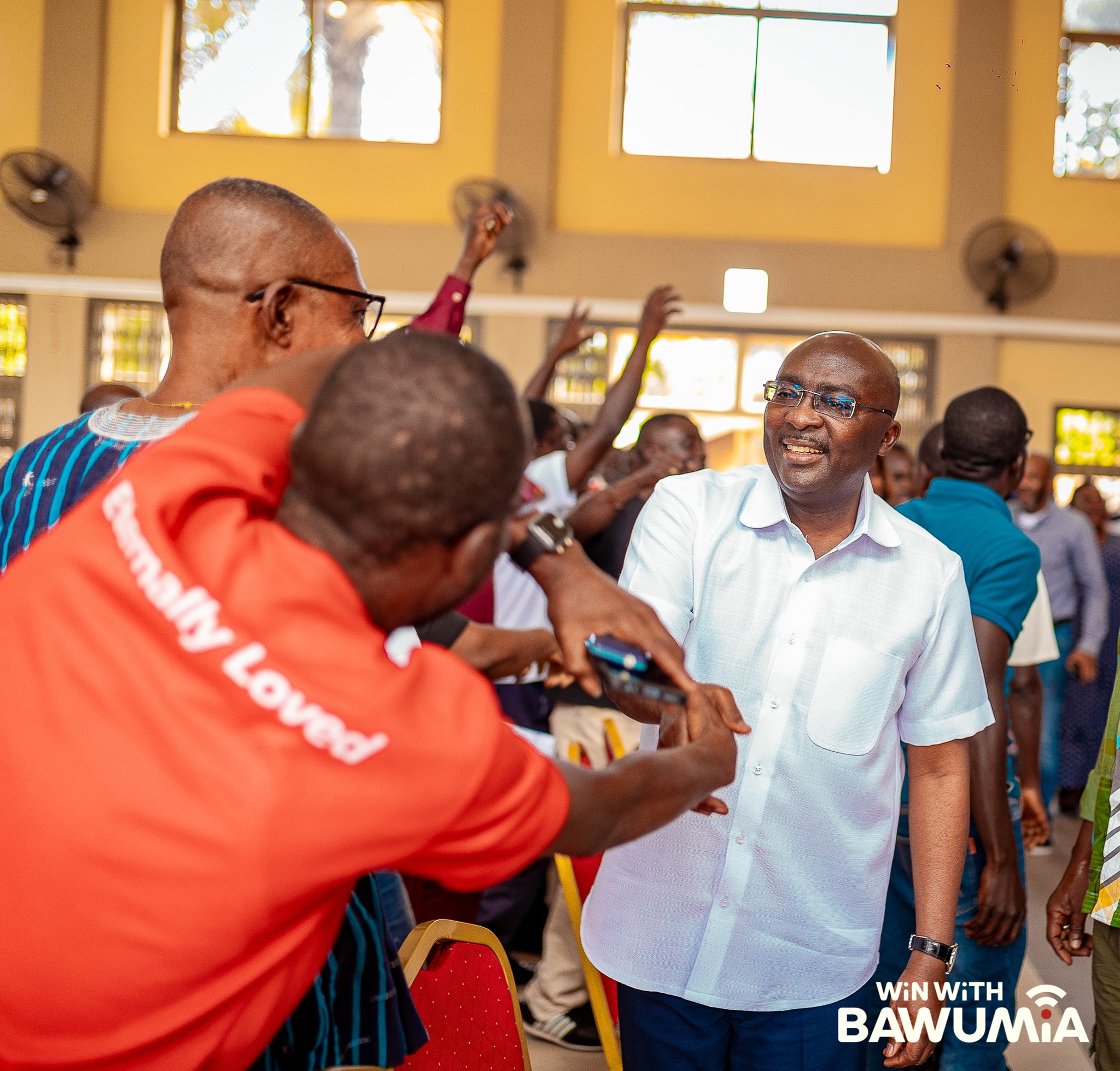
By Ebenezer NJOKU
The cedi has strengthened against the US dollar over the past week, falling below GH¢12 on the interbank market for the first time in 35 days.
At the close of trading on October 13, 2025, the local currency appreciated to below GH¢12 per US dollar – its strongest level since September 8, 2025.
Trading data from the Bank of Ghana (BoG) showed that the interbank market opened on October 14 with buying and selling rates of GH¢11.8941 and GH¢11.9060 to the dollar respectively. This marks a reversal from its October 3 peak, when the cedi traded at GH¢12.5437 (buying) and GH¢12.5563 (selling). This represents a nearly 5 percent recovery within ten days.
President John Mahama, in June, had said that the “true value” of the cedi was between GH¢10 and GH¢12 to US$1. The local unit subsequently faced renewed pressure, especially in August, on account of year-end imports, payables and speculation.
Analysts attribute the rebound to a combination of foreign exchange inflows from commodity exports, confidence following the fiifth IMF review and enhanced market operations by the central bank.
According to DataBank Research, the local unit has extended its gains as the BoG “deepens market-neutral FX interventions” which have delivered “spillover support across markets”. The report noted that the cedi firmed across all major trading pairs in the two-week review window.
BoG has over the past quarter intensified its liquidity management efforts, supplying targetted volumes of foreign currency to ease volatility while preserving overall reserve adequacy. These market-neutral interventions are designed to match demand without distorting exchange rate dynamics. Earlier this month, it announced that it will inject some US$1.15billion in October to support FX liquidity.
On the interbank market, the cedi appreciated 1.93 percent against the US dollar to close at GH¢12.17 compared with GH¢12.40 previously. The local unit also strengthened 2.55 percent and 2.32 percent against the pound sterling and euro respectively, closing at GH¢14.14 and GH¢16.25.
At retail level, the currency recorded broader gains – appreciating 3.45 percent against the US dollar to settle at GH¢13.05 while improving 5.25 percent and 4.67 percent against the pound and euro to close at GH¢17.15 and GH¢15 respectively.
DataBank Research said its earlier expectations of a stronger cedi, “driven by seasonal foreign exchange inflows from commodity exports and sustained market support”, have largely materialised.
It added that the rise in gold prices, now above US$4,000 per ounce, has bolstered export receipts and improved the overall balance of payments outlook.
The report also credited the central bank’s increased frequency of foreign exchange auctions as a key stabilising factor. “The central bank’s plan to double the frequency of its FX interventions through open auctions with licenced banks enhanced market flexibility,” it noted, adding that this “likely anchored expectations, with bid–ask spreads narrowing noticeably.”
Improved investor sentiment following the IMF’s fifth review mission has also contributed to the recovery. The mission’s endorsement of Ghana’s reform programme and anticipated disbursement of additional funds have reinforced policy credibility and eased speculative demand in the foreign exchange market.
Looking ahead, analysts remain cautiously optimistic. DataBank projects the cedi could strengthen further toward GH¢11.50 on the interbank market and GH¢12.75 in retail trading by end-October, supported by seasonal inflows and continued policy consistency.
The post Cedi stages comeback, falls below GH¢12 to US$1 for first time in over a month appeared first on The Business & Financial Times.
Read Full Story




















Facebook
Twitter
Pinterest
Instagram
Google+
YouTube
LinkedIn
RSS